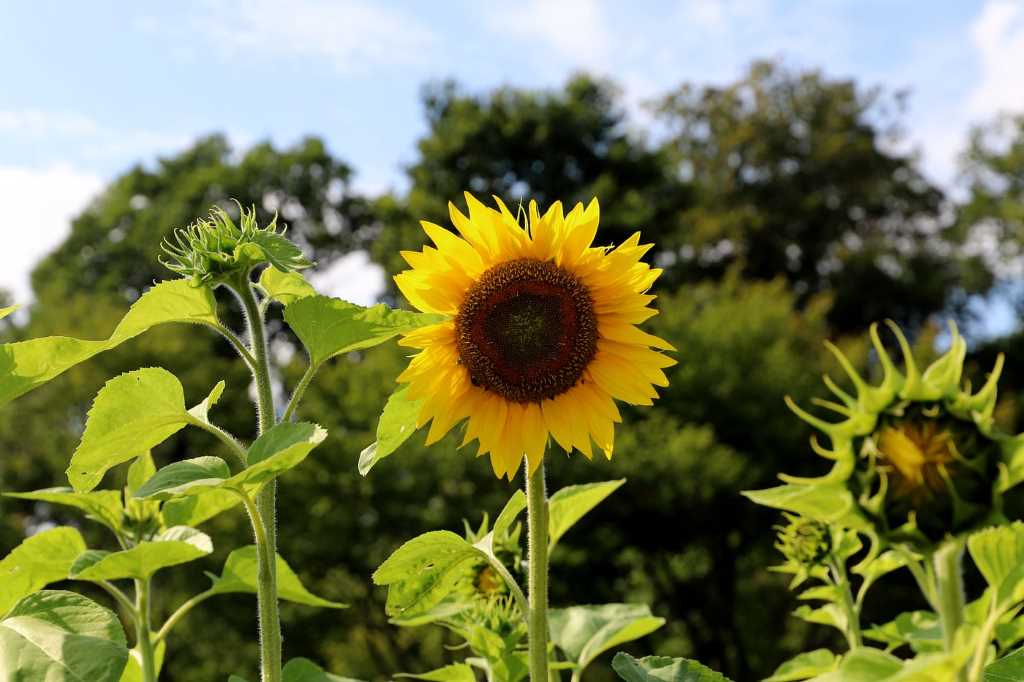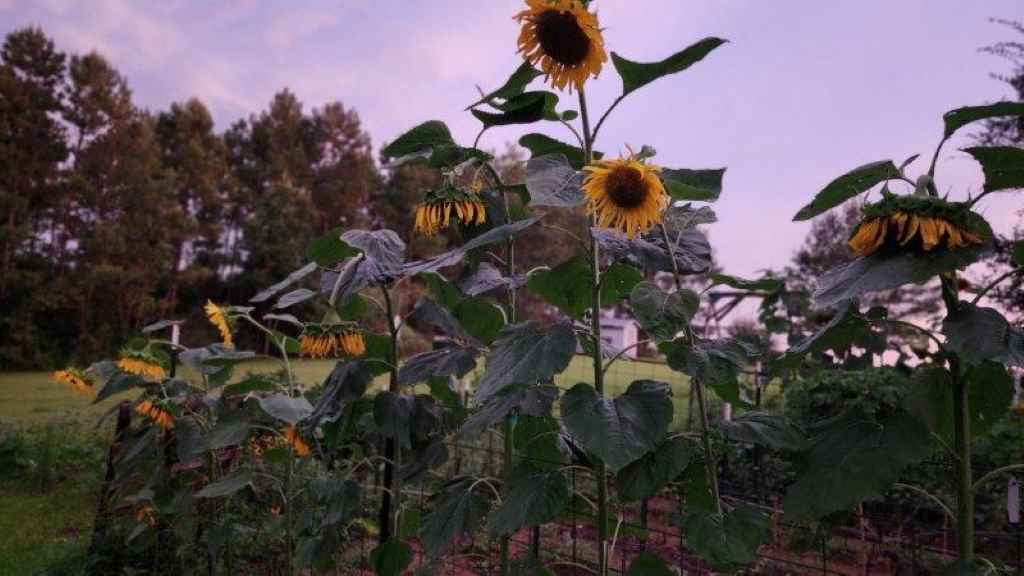Sunflowers are iconic for their vibrant blooms and cheerful demeanor. But can you plant them late in the season and still enjoy their beauty? The answer depends on several factors, including your climate, the sunflower variety, and your expectations.
Understanding Sunflower Growth and Maturity
Sunflowers are generally classified as either annual or perennial. Annual sunflowers complete their life cycle in one year, while perennial sunflowers come back year after year.
Most annual sunflower varieties take anywhere from 70 to 120 days to mature from seed to flower. This means that if you’re planting late in the season, you’ll need to choose a fast-maturing variety to ensure they have enough time to bloom before the first frost. Additionally, building your garden shed can provide a dedicated space for storing gardening tools and protecting delicate plants from harsh weather conditions.

Factors Affecting Late Sunflower Planting
- Climate and Growing Zone: Your location’s climate plays a crucial role in determining how late you can plant sunflowers. If you live in a warmer climate with a long growing season, you might be able to plant sunflowers as late as mid-summer and still get a good harvest. However, in cooler climates with shorter growing seasons, you’ll need to plant earlier to avoid frost damage.
- Sunflower Variety: Different sunflower varieties have different maturation times. Some varieties, known as “quick-maturing” or “early-blooming” sunflowers, can mature in as little as 60 days, making them ideal for late-season planting.
- First Frost Date: The first frost date is another crucial factor to consider. Sunflowers are sensitive to frost, so you’ll need to ensure they have enough time to mature and bloom before the first frost arrives. Check your local gardening resources to find the average first frost date in your area.
Late Sunflower Planting Tips
- Choose quick-maturing varieties: Opt for sunflower varieties known for their fast growth and early bloom times. Some popular choices include ‘Sunbright,’ ‘Early Bird,’ and ‘Pacino.’
- Start indoors (optional): To give your sunflowers a head start, you can start them indoors about 4-6 weeks before your last frost date. This can help them mature faster once transplanted outdoors.
- Provide ample sunlight and water: Sunflowers thrive in full sun and well-drained soil. Ensure they receive at least 6-8 hours of direct sunlight per day and water them regularly, especially during dry periods.
- Protect from pests and diseases: Monitor your sunflowers for common pests like aphids, caterpillars, and birds. You can use organic pest control methods or netting to protect them.
Late Sunflower Planting by Region
- Warm Climates: In warm climates, you can plant sunflowers as late as mid-summer (July) and still have a good chance of them blooming before the first frost.
- Cool Climates: In cooler climates, it’s best to plant sunflowers no later than early summer (June) to ensure they have enough time to mature.
- Short Growing Seasons: If you have a short growing season, focus on quick-maturing sunflower varieties and consider starting them indoors for a head start.
Realistically, Can You Expect a Full Bloom?
Late-planted sunflowers might not reach the same towering heights or produce the same massive blooms as those planted earlier in the season. However, they can still provide a burst of color and cheer to your garden even if their blooms are smaller.
Conclusion
While the ideal time to plant sunflowers is typically in the spring, you can still plant them later in the season with proper planning and care. By choosing the right variety, starting indoors (if desired), and providing optimal growing conditions, you can enjoy the beauty of sunflowers even in the late summer or early fall.
Let me know if you’d like any more specific information or have other questions.




